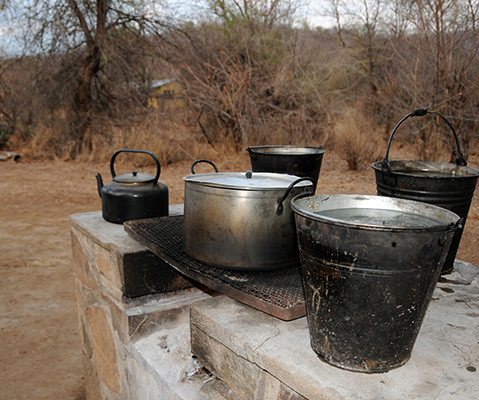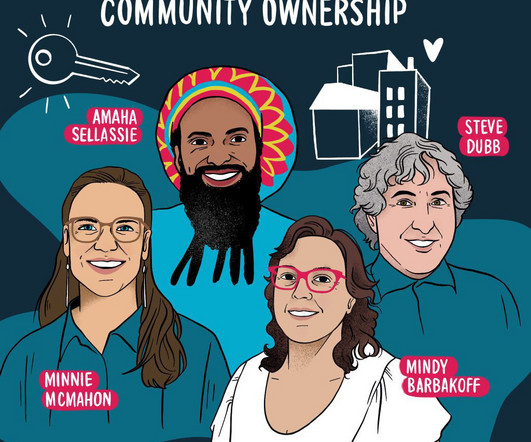From Food Pantry to Urban Farming: Food Justice Lessons from Camden
NonProfit Quarterly
DECEMBER 8, 2022
One strategy for achieving that vision is to support urban agriculture and community agency, giving people the chance to produce their own food. Advancing urban agriculture in Camden. VF enables large-scale agricultural production in environments where space and soil are limited. Food Justice Innovation Hub.




















Let's personalize your content